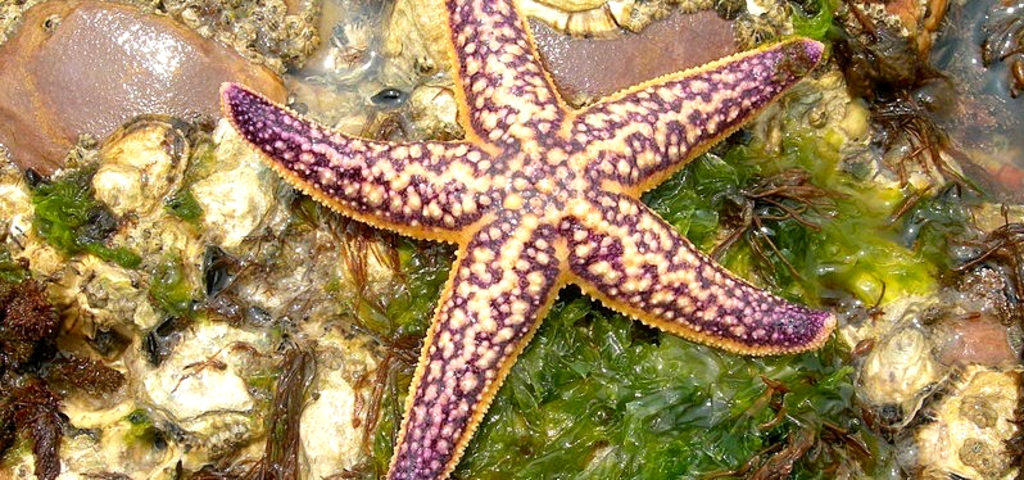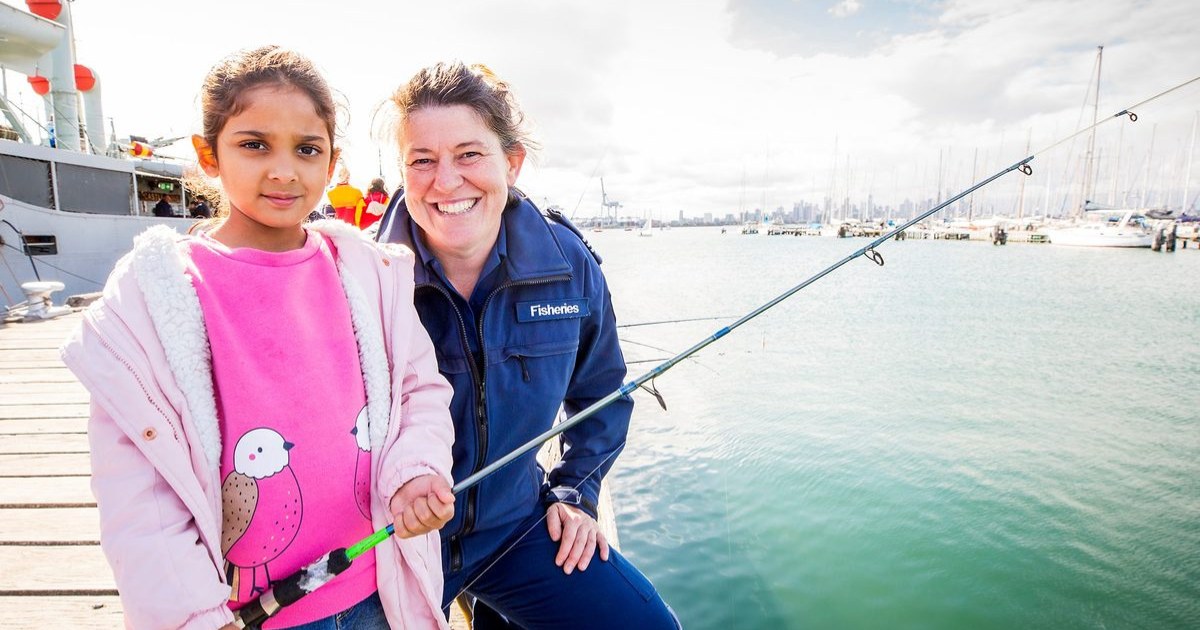Chance to guide marine pest management

Northern Pacific seastar, a large, aggressive predator of native species, including oysters, mussels and scallops, is among Victoria's invasive marine pests.
A POLICY to guide marine pest management is being developed and coastal communities can share their views, experiences and insights to help shape its direction.
Victoria’s marine environment is highly valued and invasive marine pests can have a major impact on the environment and the industries and the people it supports.
The state’s marine environment covers about 10,500 square kilometres, including about 3,500 square kilometres of bay, inlet and estuarine environments.
A significant proportion of Victoria’s marine species, particularly macroalgal flora, are not found anywhere else, and the unique nature of Victoria’s marine ecosystems provides significant potential for impacts when introductions occur.
Most marine pests found in Victoria are believed to be initially introduced via either ships’ ballast, which potentially spread of many marine pests worldwide and biofouling.
Victoria’s marine environments provide significant economic and social benefits to the state, through commercial fishing, recreational fishing and more broadly, healthy marine environments can generate millions of dollars annually through tourism and recreation.
In collaboration with other agencies, Agriculture Victoria has developed a draft module focused on invasive marine pest management.
This draft module is part of the Invasive Plant and Animal Policy Framework designed to guide future invasive marine pest management in Victoria.
The scope of the draft, which is currently out for public consultation, includes exotic invasive marine plants, marine algae, marine invertebrate animals and marine fish.
It excludes non-fish marine vertebrate animals such as whales and seals as they are protected in Australian waters; while marine plant and animal diseases are also excluded as they are covered in separate legislation.
The community can have its say on the draft document and share information about how invasive marine pests impact lives, work, business and recreation, by completing an online survey at engage.vic.gov.au/victoria-invasive-marine-pests/invasive-marine-pests-module-consultation by December 8.

















